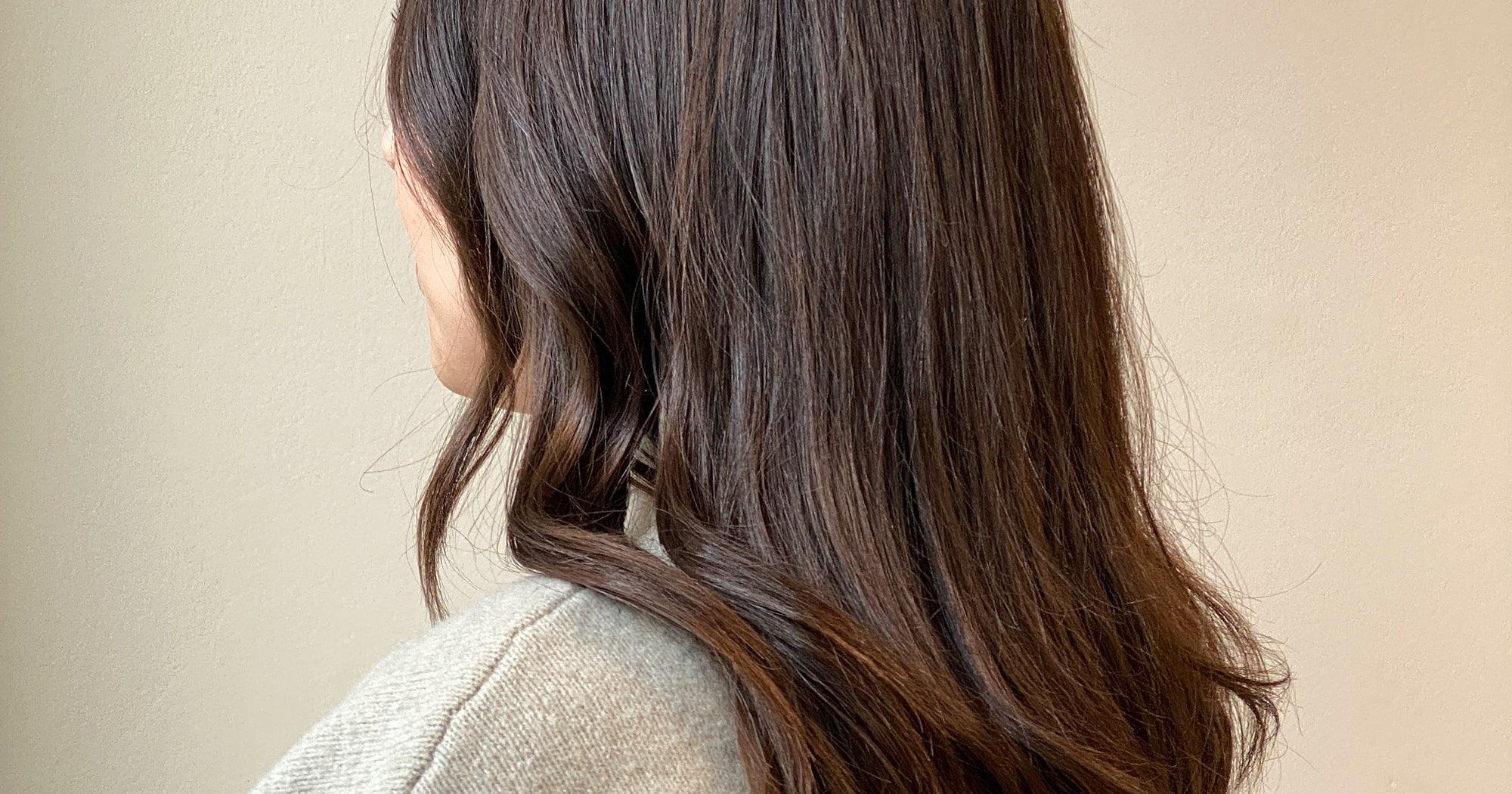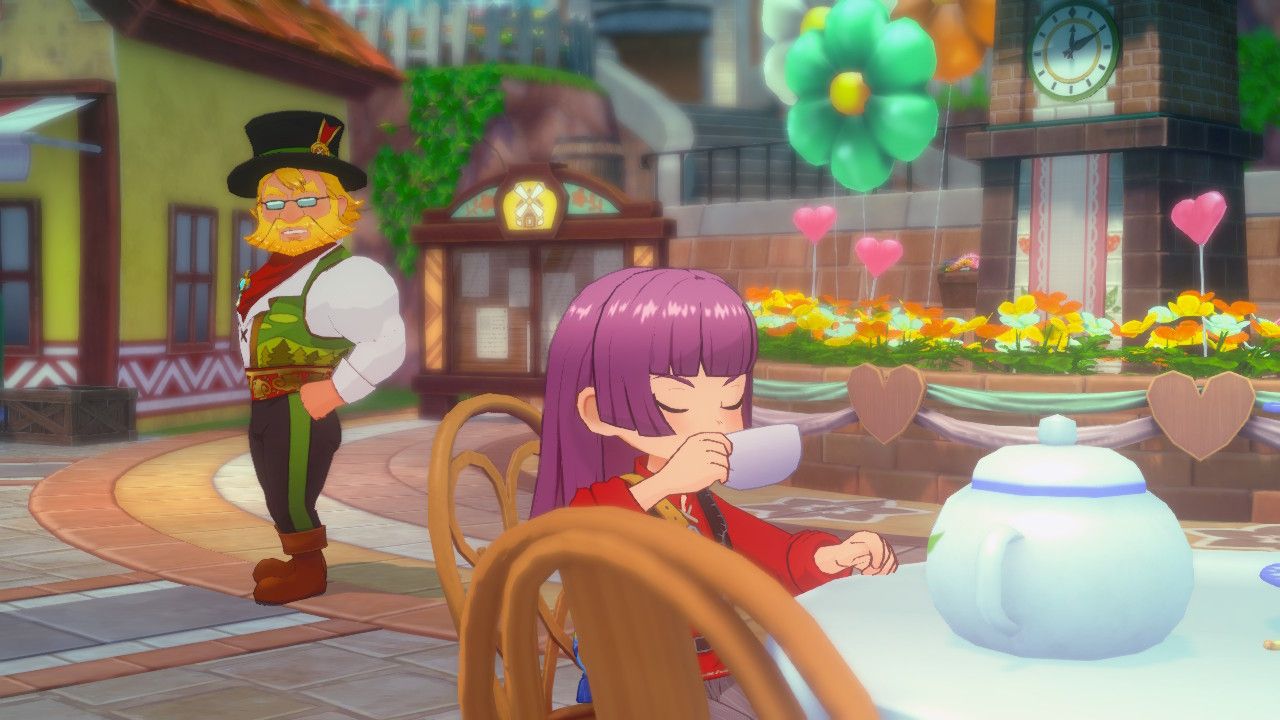First Person is a daily personal piece submitted by readers. Have a story to tell? See our guidelines at tgam.ca/essayguide.
Illustration by Sarah Farquhar
The cardinal comes first, scarlet as stained glass. Then a blue jay, brash and loud as any preacher I’ve known. I didn’t realize, when I bought this house in the early days after the pandemic, how important this sunroom would become – how much it would teach me about stillness, and about the sacred.
For years, my weeks orbited around Sunday mornings. I was steeped in ecclesial life – as a religion journalist, I wrote about spiritual renewal, interfaith movements and debates over doctrine. I knew the rhythms of worship, the faces in the pews, the flare-ups in board meetings. I attended services not just out of belief, but out of habit, expectation and work.
Then the pandemic came. Church doors closed, congregations went online, and the rituals that had once structured my life dissolved into a strange kind of quiet. At first, I assumed I’d return when things reopened. But something had already shifted in me. After years of navigating church life – its tensions, transitions, and quiet heartbreak – I found myself needing a different rhythm.
I didn’t miss the sermons. And I didn’t miss the performance.
Because that’s what my progressive mainline Protestant church had become for me, in ways I couldn’t admit while I was in it: a performance. The polished prayers. The unspoken dress code. The careful way of speaking about joy, suffering, even doubt. It wasn’t that I didn’t believe in God – it’s that I no longer knew how to find God in places that felt so curated.
First Person: I’m taking new lessons for success from my infant grandson
My sunroom fills with morning light and opens out to a thicket of trees. It’s become my sanctuary.
I’ve filled it with plants. I’ve hung bird feeders. Now, when I wake, I sit in the quiet and watch cardinals flash through the branches and squirrels leap from limb to limb.
There is no liturgy in this space, but there is reverence. The world outside my window doesn’t demand belief or conformity. It asks only that I pay attention. And so, I do. I notice the shift of light through the seasons, the hydrangea blooming and fading, the way two Eastern Kingbirds perch on the high branches of the spruce trees, holding court over the morning. These small, ordinary moments – once easy to overlook – hold both weight and wonder.
I don’t have a language for it. It isn’t quite prayer, not in the formal sense. It’s something quieter: a return to presence. I find myself breathing more deeply. Crying more easily. Laughing at things I might once have barely noticed – like a chipmunk squeezing itself dramatically through the slats of the deck. Slowly, the ache I was carrying has begun to ease.
I didn’t expect that nature would feel more like home, more sacred than any sanctuary. But there it is, each day, waiting for me. Friends sometimes ask if I’ll ever go back to church. I’m never sure how to answer. I loved parts of it – the music, the sense of community, the tradition of pausing once a week to ask deeper questions.
First Person: My senior shortcomings held me hostage – so I’m back in the gym
But what I’ve discovered in its place isn’t a rejection of the sacred, but a rediscovery of it – rooted not in dogma but in dirt. I feel it when I plant bulbs in October, trusting they’ll bloom in April. I feel it most in the mornings, when the sunroom fills with birdsong and light, and the day opens like a psalm.
I know this may sound suspiciously individualistic – just another navel-gazing nature lover replacing community with compost – but that’s not quite it. I still need people. Now I find communion in different places: in long talks with my siblings, in the quiet companionship of my dog on forest walks, in the joy of being more present as a parent and a partner.
I find it, too, in art galleries and music festivals, in the pages of a good book, in poetry that moves me. These moments – simple, quiet, sometimes joyful – remind me that connection and meaning can live outside of tradition, and that reverence often hides in the everyday.
The sacred now meets me in unexpected places.
This morning, a Ruby-crowned Kinglet landed on the feeder, its head bright as the sun. I didn’t bow my head. I didn’t recite anything. I simply watched. And for a moment, I felt what I used to long for in those old wooden pews: stillness, wonder, and the unmistakable sense that I was not alone.
Julie McGonegal lives in Elora, Ont.











